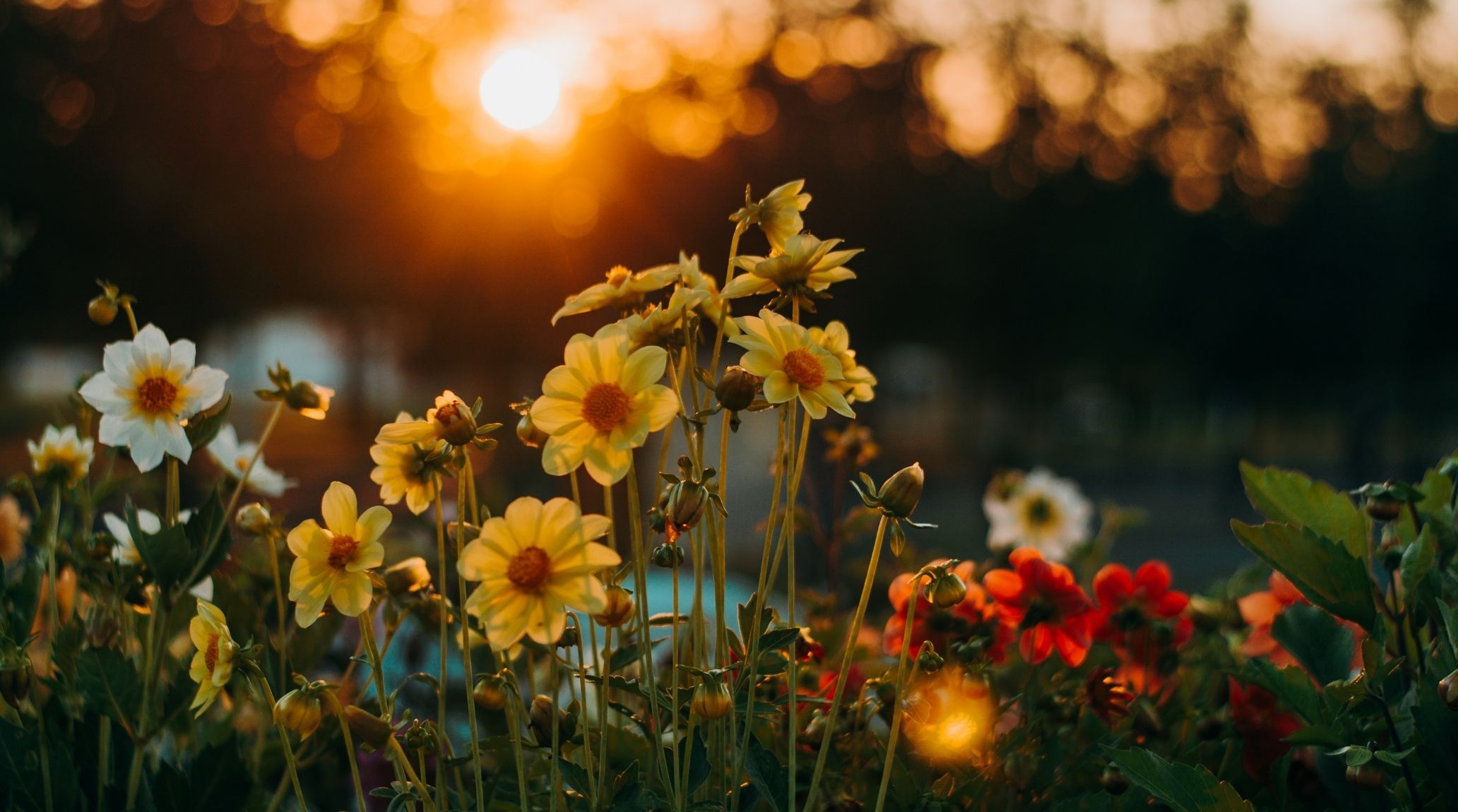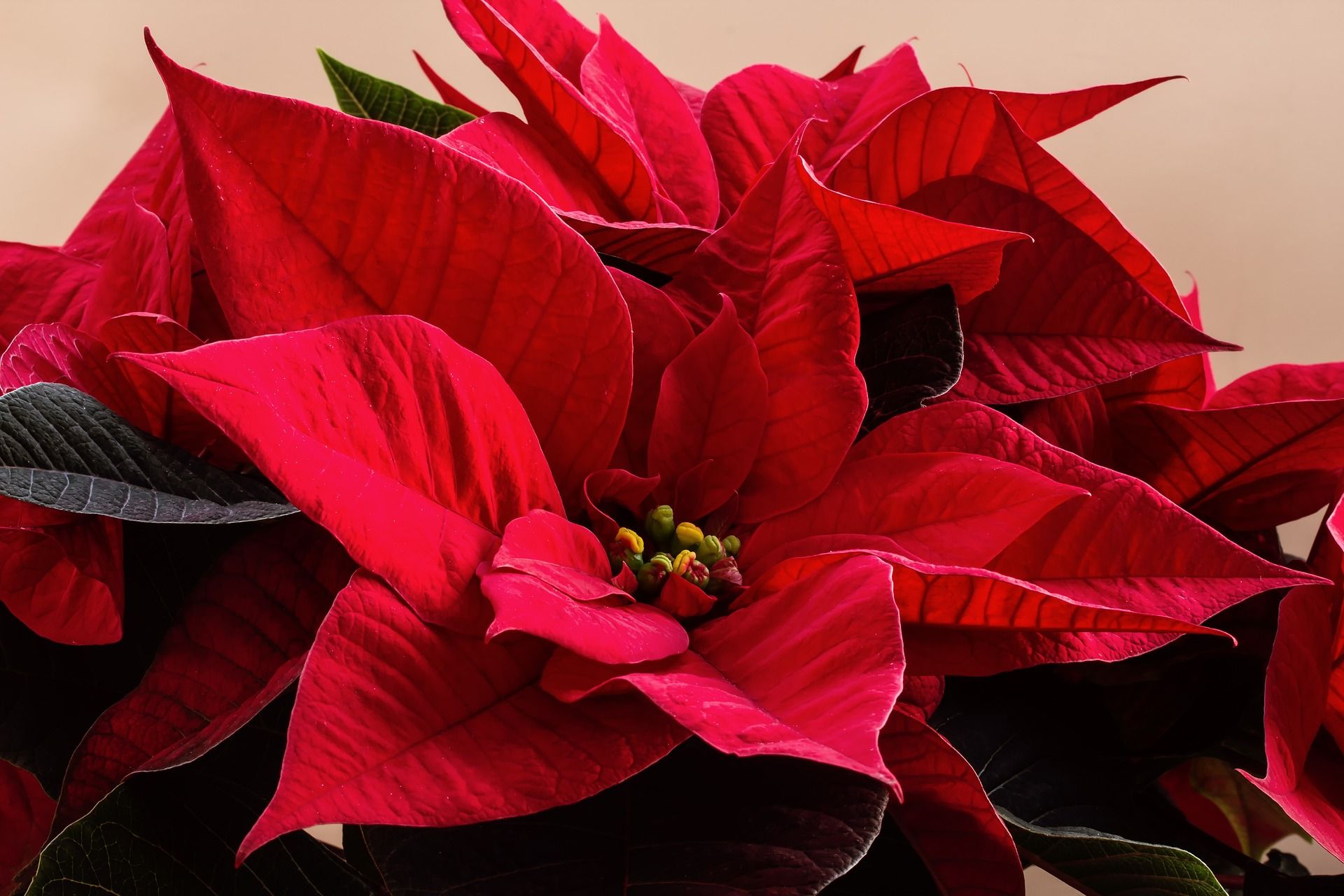
“
Flowers are more than just beautiful decorations; they are a vital part of our ecosystem and hold many secrets. From their unique blooming patterns to their intriguing methods of pollination, flowers have captivated humans for centuries. In this blog, we delve into 20 fascinating facts about flowers that reveal their incredible diversity and importance in nature.1
1
”
The Titan Arum, also known as the corpse flower, can grow over 3 meters tall and emits a foul odour. It only blooms once every 7-10 years, making its rare appearances quite an event. The stench it produces is meant to attract pollinators like flies. 1
Vanilla flavoring comes from the pod of the vanilla orchid, native to Mexico. This orchid requires specific conditions and careful hand-pollination to produce vanilla beans. It's one of the most labor-intensive crops, contributing to its high price.2
In the 17th century, tulips were so valuable in Holland that they were used as currency. This led to an economic bubble known as "Tulip Mania," where prices skyrocketed and then dramatically crashed. It is considered one of the first recorded speculative bubbles. 3
Sunflowers can track the movement of the sun, a phenomenon known as heliotropism. Young sunflowers face east in the morning and follow the sun west throughout the day. This movement helps them maximize photosynthesis and attract pollinators. 4
Saffron, that prized and aromatic spice, indeed comes from the Crocus sativus flower. These delicate purple flowers produce three red stigmas, which are carefully harvested and dried to create saffron threads. 5

The Moonflower blooms at night and has a sweet fragrance to attract nocturnal pollinators like moths. Its large, white blossoms open in the evening and close by morning. This unique adaptation ensures successful reproduction in low-light conditions.
Every part of a dandelion is edible, from the roots to the flowers. Dandelions are rich in vitamins A, C, and K and can be used in salads, teas, and even wine. Their medicinal properties have been utilized for centuries.6
There are no true black flowers; those that appear black are actually deep red or purple. These dark hues are created through selective breeding and careful cultivation. Despite their rarity, black flowers are highly sought after for their dramatic appearance. 7
In 1982, aboard the Soviet Union’s Salyut-7 space station, the crew successfully cultivated Arabidopsis plants. These remarkable plants not only flowered but also produced seeds in the unique environment of zero gravity. 8
The lotus flower can regulate its temperature to attract cold-blooded pollinators. This unique trait allows the lotus to thrive in various environments, from ponds to rivers. The lotus is also a powerful symbol in many cultures, representing purity and enlightenment. 9
Bamboo plants flower only once in their lifetime, which can be anywhere from 20 to 120 years. After flowering, the entire bamboo plant typically dies. This rare event, known as gregarious flowering, often occurs simultaneously in bamboo populations worldwide. 10
The Queen of the Night cactus blooms only one night each year and wilts before dawn. This rare and brief flowering period is highly anticipated by plant enthusiasts. The large, fragrant blossoms are a spectacular sight during their short-lived display.11
Some flowers, like the Venus flytrap and pitcher plant, are carnivorous and trap insects for nutrients. These plants have adapted to nutrient-poor environments by evolving unique mechanisms to capture and digest prey. 12
The Netherlands is known for its expansive tulip fields, which can be seen from space. These vibrant fields attract tourists from around the world, especially during the annual tulip season. The Dutch tulip industry is a major contributor to the country's economy. 13

The Poinsettia’s red petals are actually its leaves, while the true flowers are the small yellow buds in the center. Originally from Mexico, poinsettias are now a popular symbol of Christmas. Their vibrant colors and unique structure make them a festive favorite.
In 1955, N. D. Jayal made a remarkable discovery on Mt Kamet in the Himalayas. At an impressive altitude of 6,400 meters (21,000 feet), flowering plants were found thriving in this extreme environment that was Ermania himalayensis. 14
The Bird of Paradise flower resembles a brightly colored bird in flight. Native to South Africa, this exotic plant is also known as the crane flower. Its striking appearance and vivid colors make it a popular ornamental plant worldwide. 15
Some flowers, like the trumpet vine, are specially shaped to be pollinated by hummingbirds. The flowers provide nectar, and their shape ensures effective pollen transfer, benefiting both the plant and the pollinator. 16
The hydrangea flower can change colour based on soil pH. Acidic soil produces blue flowers, while alkaline soil results in pink blooms. This unique trait makes hydrangeas a popular choice for gardeners looking to create dynamic and colourful landscapes. 17
In Chongqing, China, on 20 July 2019, Chongqing Dazu Xinfa Construction Group Co., Ltd. set a world record by creating the longest line of flowers and plants. They achieved this feat by connecting 10,640 pots of lotus plants, 3,630.21 metres long. 18


